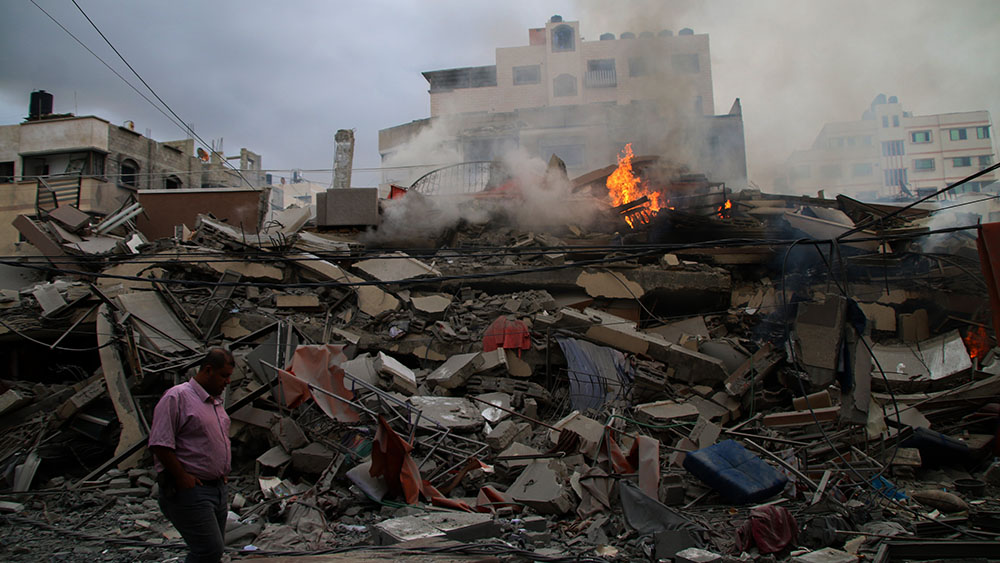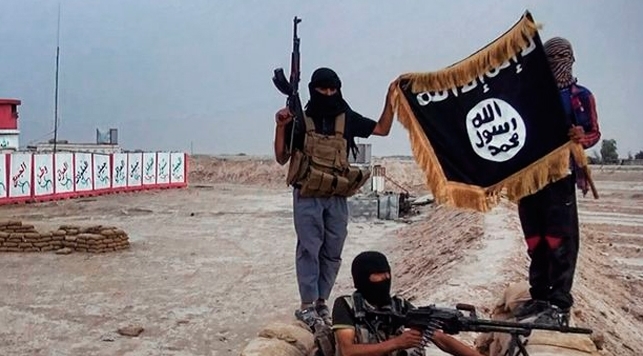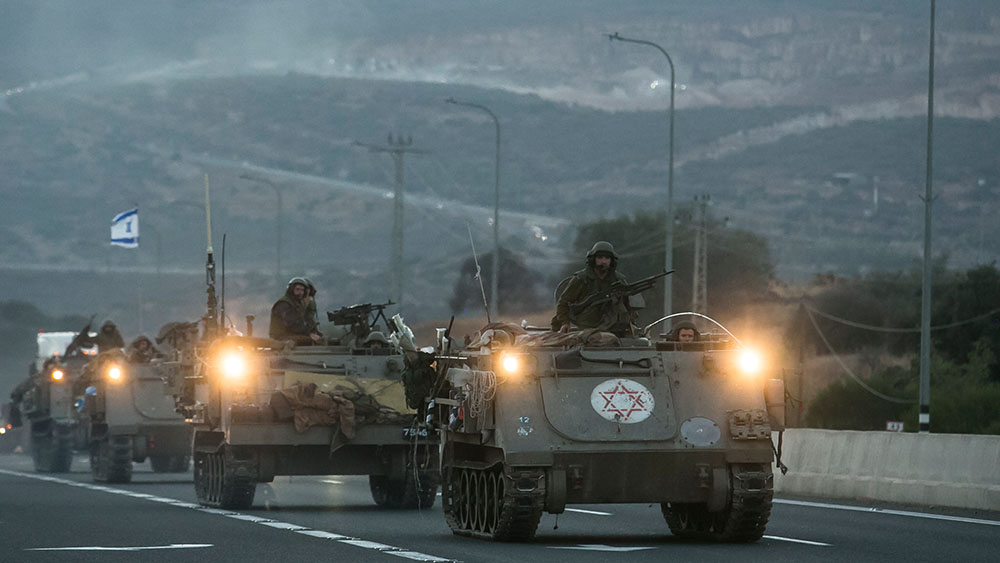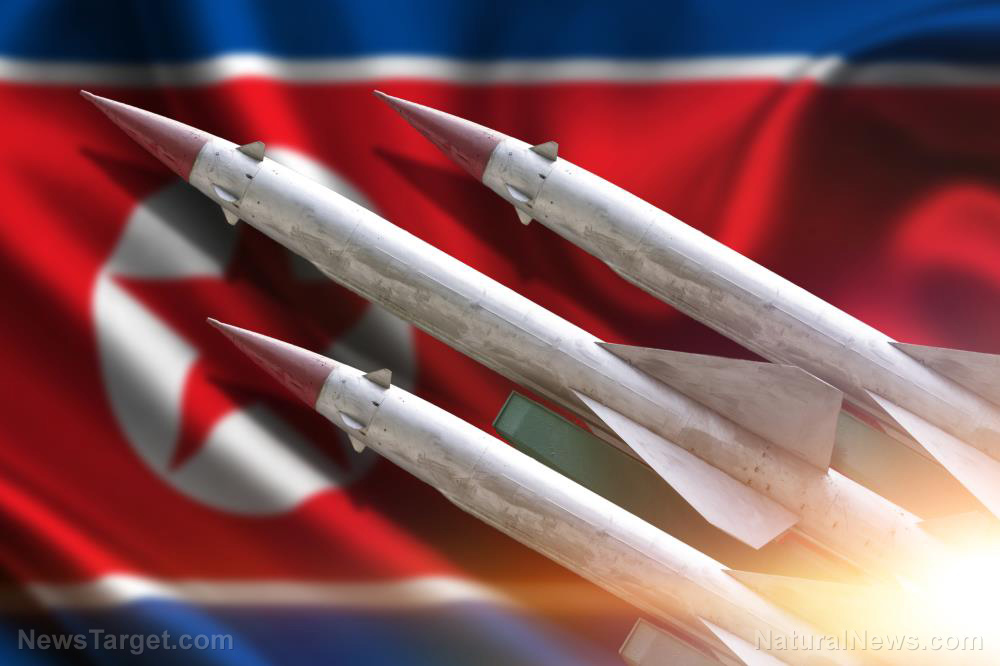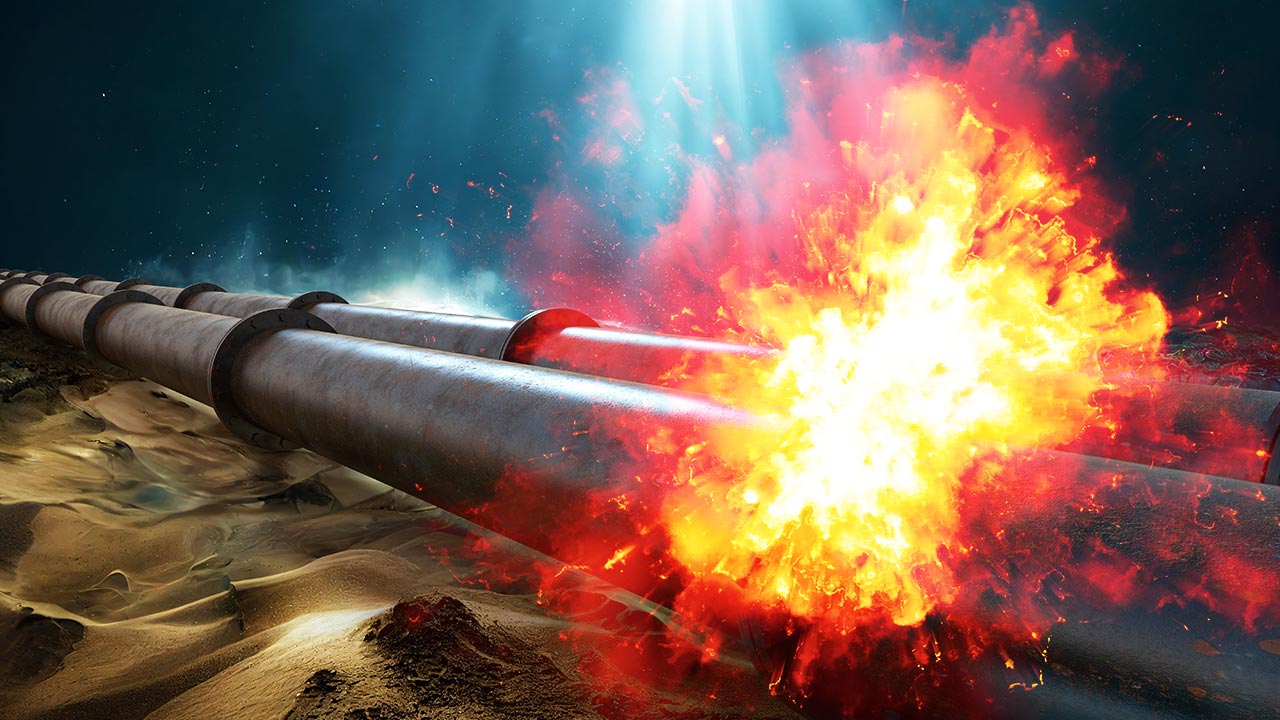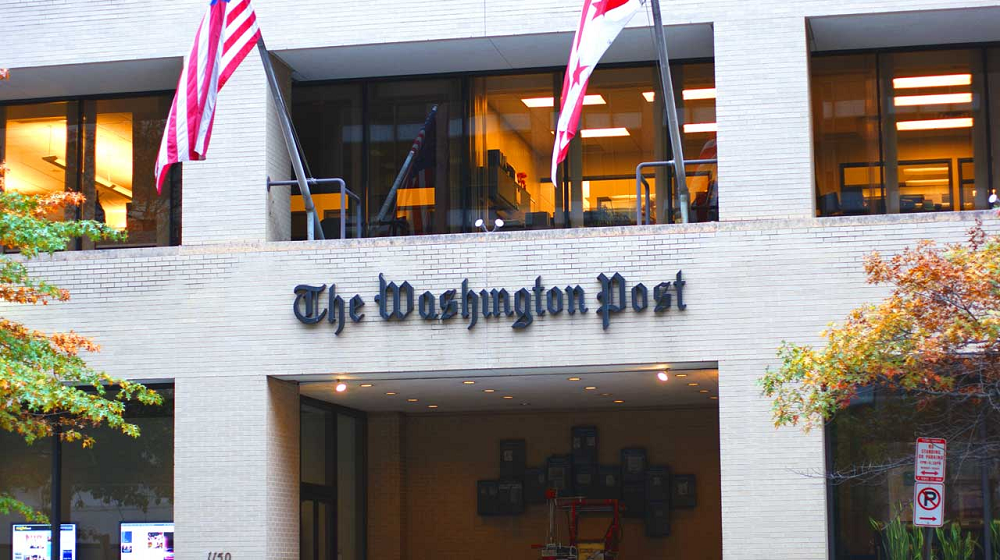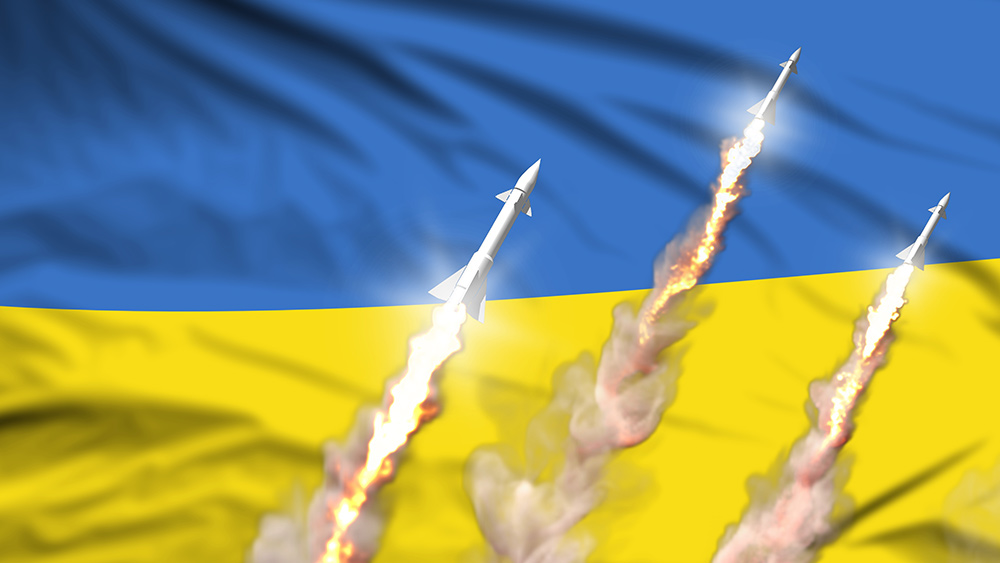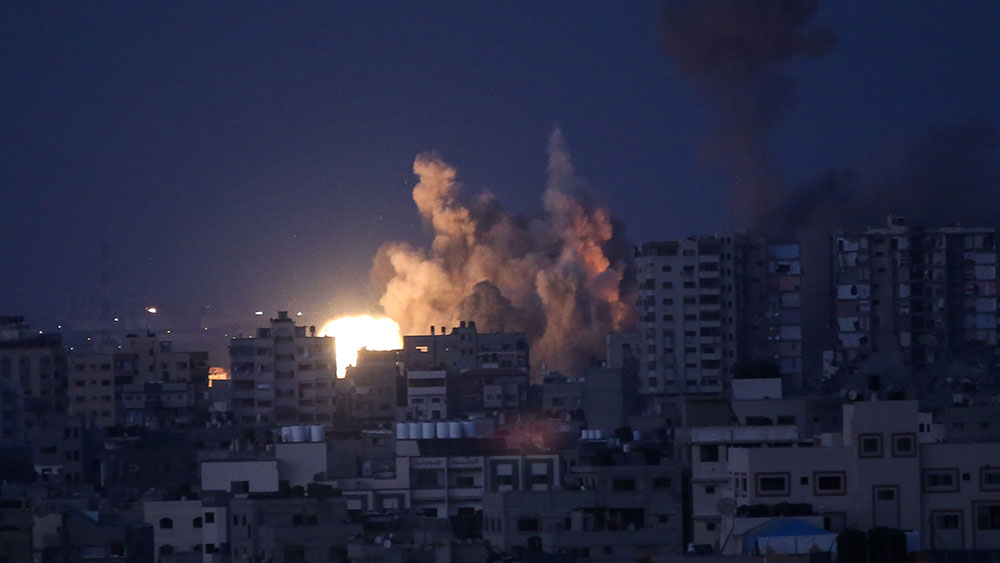Geopolitical analyst warns of economic chaos should Iran shut down Strait of Hormuz
01/09/2024 / By Belle Carter

For international investor and geopolitical expert Nick Giambruno, Iran could cause immediate global economic chaos while energy prices skyrocket should it decide to disrupt the Strait of Hormuz, a narrow strip of water that links the Persian Gulf to the rest of the world and the single most important energy corridor.
Five of the world’s top 10 oil-producing countries (Saudi Arabia, Iran, Iraq, United Arab Emirates and Kuwait) border the Persian Gulf. So does Qatar, which is the world’s largest liquefied natural gas (LNG) exporter. There is no alternative route, Giambruno warned. Moreover, the strait’s narrowest point is just 3.2 kilometers wide and according to the U.S. Energy Information Administration, more than 40 percent of global oil exports, or around 21 million barrels — more than $1.5 billion worth — of oil pass through the body of water daily.
“And that’s not considering the immense amount of LNG, which is about 33 percent of the world’s daily exports and other goods transiting the Strait,” the international investor pointed out and proceeded to warn that since Iran is located in a commanding geographical location, it can shut down the strait and there’s not much anyone can do about it. “It’s Iran’s geopolitical trump card,” he claimed.
Iran has declared that it will close the strait if Israel or the United States attacks it, and the potential outbreak of regional war in the Middle East, with the prospect of the destruction of Israel and the collapse of the petrodollar system, could force the U.S. to act against Iran this time. Analysts and market observers say the conflict could prompt the United States to tighten sanctions on Iran, which may spur Tehran to take retaliatory action against ships in the Strait of Hormuz. Worse, if a closure happens, it would take weeks for the U.S. military to reopen it and nobody knows if it would even be successful. The Millennium Challenge 2002 war game suggested it wouldn’t be. (Related: In 2002, the Pentagon conducted $250 million Millennium Challenge war game to demonstrate “ease” of defeating Iran – and LOST.)
Giambruno also cited that should the sea passage get blocked by Iran, 21 million barrels of oil could be removed from the global market. Today, global oil production is approximately 94 million barrels per day, which means about 22 percent of the worldwide oil supply could disappear. Also, should a war break out, the price of oil will be at least as severe as it was during the 1973 oil shock, which saw oil prices go up four times, the analyst predicted. A similar move today could see oil prices above $300 a barrel.
The investor’s prediction was the same as a hardline Iranian lawmaker’s sentiment, who said that if the Hamas-Israel conflict worsens, Tehran might enter the war and close the Strait of Hormuz in the Persian Gulf. Hassan Norouzi was asked how Iran is planning to play a role in the war and he was quoted as responding that “Resistance forces in Palestine, Syria and Iraq are sufficient, but if the situation becomes critical and we are asked [for assistance], it is possible that we would go to war against Israel to support the resistance.”
Asked about what Iran would do if Biden’s regime entered the conflict, he replied, “The United States does not dare to enter directly. If it does, it will face difficult conditions. Even if it attacks, the Middle East and Western Asia’s resistance forces can counter. It’s also not unlikely that we could close the Strait of Hormuz. If America directly aids Israel in a war, we will close the Strait of Hormuz,” he warned directly.
Iran’s Foreign Minister Hossein Amir-Abdollahian also threatened a wider war if attacks continued against Hamas. “The continuation of war crimes against Palestine and Gaza will receive a response from the rest of the Axis. And naturally, the Zionist entity and its supporters will be responsible for the consequences,” he stated.
U.S. claims to deter Iran’s attacks against shipping vessels
Back in October 2023, Lieutenant General Alexus Grynkewich, commander of U.S. Air Forces Central Command said that the decision in July to send F-35 and F-16 fighter jets to the Persian Gulf, along with a naval destroyer and an amphibious assault group that included 2,500 U.S. Marines, seems to have resonated with Iranian officials. “The increased presence of surface vessels that went in combined with our airpower has deterred Iran from taking any actions against maritime shipping,” Grynkewich told members of the Defense Writers Group in Washington. “It has had good effects.”
In July, Defense Secretary Lloyd Austin ordered the additional U.S. capabilities to the region after Iran attempted to seize two commercial tankers in international waters off the coast of Oman, which followed Iran’s successful seizure of two oil tankers transiting the Strait of Hormuz just months earlier. The U.S. Navy reported that Iran has seized or harassed almost 20 ships in the region over the past two years.
Meanwhile, reports from Iran’s state-run media on some of the ship seizures have said Iran’s actions have been part of efforts to combat illegal fuel smuggling and they have claimed that at least some of the vessels were in Iran’s territorial waters.
Chaos.news has more stories related to the escalating conflicts in the Middle East.
Sources for this article include:
Submit a correction >>
Tagged Under:
big government, bubble, chaos, Collapse, dangerous, economic riot, energy corridor, energy supply, fuel supply, geopolitics, Holy War, Iran, Israel, jihad, liquefied natural gas, LNG, Nick Giambruno, oil producers, Strait of Hormuz, supply chain, U.S., US, war games, WWIII
This article may contain statements that reflect the opinion of the author
RECENT NEWS & ARTICLES
COPYRIGHT © 2017 WWIII NEWS




